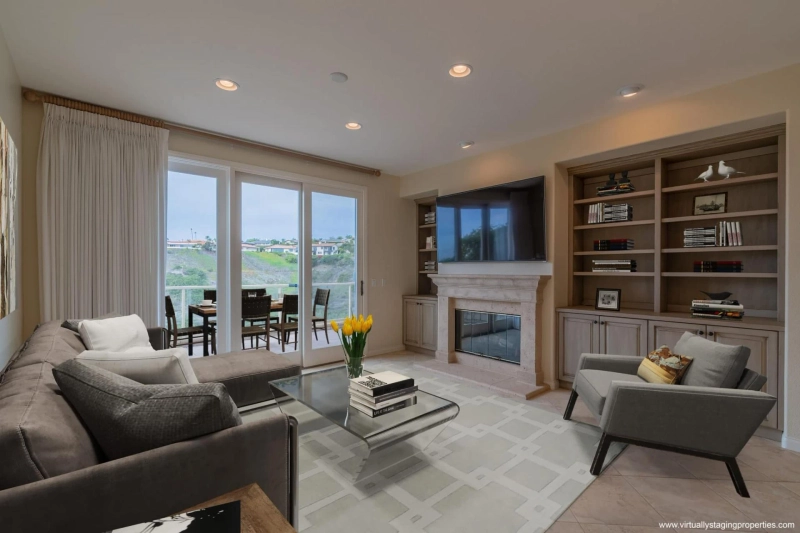In today's competitive real estate market, making a memorable first impression is key to attracting potential buyers or renters. Virtual staging has emerged as a powerful tool in the arsenal of real estate professionals, offering a cost-effective and visually captivating way to showcase properties. In this comprehensive guide, we'll explore the ins and outs of virtual staging, its benefits, applications, and how it's reshaping the industry.
1. Understanding Virtual Staging
Virtual staging is a process that utilizes advanced computer-generated imagery (CGI) software to digitally enhance property visuals. By adding furniture, decor, and other elements to empty or under-furnished spaces, virtual staging creates realistic representations of how a space could look when fully furnished. This innovative approach bridges the gap between imagination and reality, enabling potential buyers or renters to envision themselves in the space.
2. The Benefits of Virtual Staging
Cost-Effectiveness: Virtual staging eliminates the need for physical furniture and decor, significantly reducing staging costs.
Enhanced Visual Appeal: Virtual staging transforms empty or minimally furnished spaces into inviting, fully furnished environments, making properties more visually appealing.
Flexibility and Customization: Virtual staging offers endless possibilities for customization, allowing designers to tailor each staging to the specific needs and preferences of the target audience.
Time Efficiency: Unlike traditional staging, which requires time for furniture delivery and setup, virtual staging can be completed quickly, allowing properties to be marketed sooner.
3. Applications of Virtual Staging
Residential Real Estate: Virtual staging is commonly used to showcase vacant homes, apartments, or condominiums, making them more appealing to potential buyers or renters.
Commercial Real Estate: Virtual staging is also employed in marketing commercial properties such as office spaces, retail stores, or restaurants, highlighting their potential to potential tenants or buyers.
New Construction and Development: Virtual staging is instrumental in marketing newly constructed or renovated properties, helping developers showcase the potential of these spaces to prospective buyers or renters.
Vacation Rentals and Airbnb Listings: For property owners renting out vacation homes or Airbnb properties, virtual staging helps showcase the space's potential to potential renters, increasing bookings and rental income.
4. SEO Optimization: Key Phrases and Keywords
Virtual staging in real estateBenefits of virtual stagingVirtual staging vs traditional stagingVirtual staging applicationsVirtual staging softwareReal estate virtual staging companiesVirtual staging costVirtual staging examplesVirtual staging tipsVirtual staging trends5. Conclusion
Virtual staging has revolutionized the way properties are marketed in the real estate industry, offering a cost-effective, visually appealing alternative to traditional staging methods. Its ability to transform empty or minimally furnished spaces into inviting, fully furnished environments has made it an invaluable tool for real estate professionals. By embracing virtual staging, agents and developers can showcase properties in their best light, attracting potential buyers or renters and ultimately driving sales or rentals. As the real estate market continues to evolve, virtual staging will undoubtedly remain a cornerstone of modern marketing strategies, providing immersive experiences that engage clients and set listings apart from the competition.



